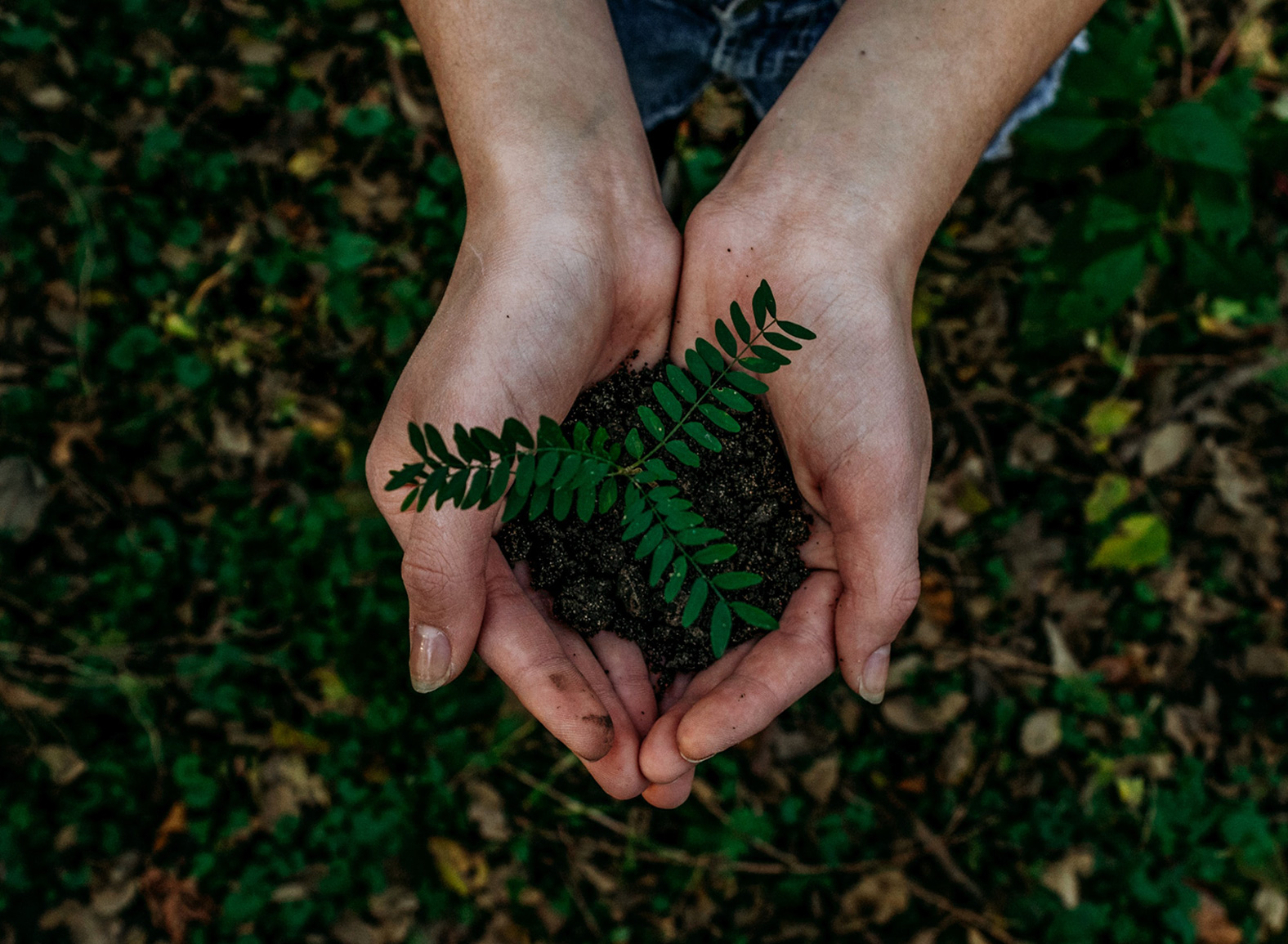Climate change shows that there is an urgent need to develop new and more sensitive ways of sensing and perceiving the earth. In recent years, water and aquatic environments in particular have been shown to be particularly sensitive to climate change. Earth’s hydrosphere demands the utmost of our human imagination and sensibility if we are to save ourselves into a sustainable future.
Climate change indicates a shift in the relationship between human and the world in an anthropocene reality. In recent years, water and aquatic environments have been shown to be particularly sensitive developers of the man-made destruction of the earth. Studies of, for example, the history of rivers, the bleaching of coral reefs and polar melting have thus shown the potential of perceiving the earth’s hydrosphere as forming its own fragile expressions that can make visible the earth’s critical condition. In relation to these developers, humans must act as involved translators. If we are going to be able to do this, we must improve our abilities to perceive and experience the presences, forms, life and importance of water for the earth. In other words, we must develop our hydrological sensibility.
This research project therefore attempts, in a collaboration between art history, visual arts and marine geophysics, to develop new ways of sensing aquatic environments. The project collaborates with the marine research center CAGE in Tromsø, where it participates in research cruises in the Norwegian Sea. The aim of the voyages is to map any increased seepage of methane from gas pockets under the Arctic seabed. An increased seepage provoked by rising sea temperatures. For this, among other things, hypersensitive listening equipment is used. The journeys are attended by visual artists who work to make sense of the abstract data generated during the journeys. The marine geophysicists and visual artists who take part in the voyages share a listening sensitive approach to the earth. They are all a new kind of explorer. They are not interested in subjugating the earth as a resource for human needs, but are trying to explore a new way of being with the earth. Listening for signs from a sea and a land we depend on.
The project aims to contribute to writing a new type of art history: an ecoempathic art history, and will be concluded by the international conference ‘Imagine Earth’ at the Louisiana Museum of Modern Art in Copenhagen.







